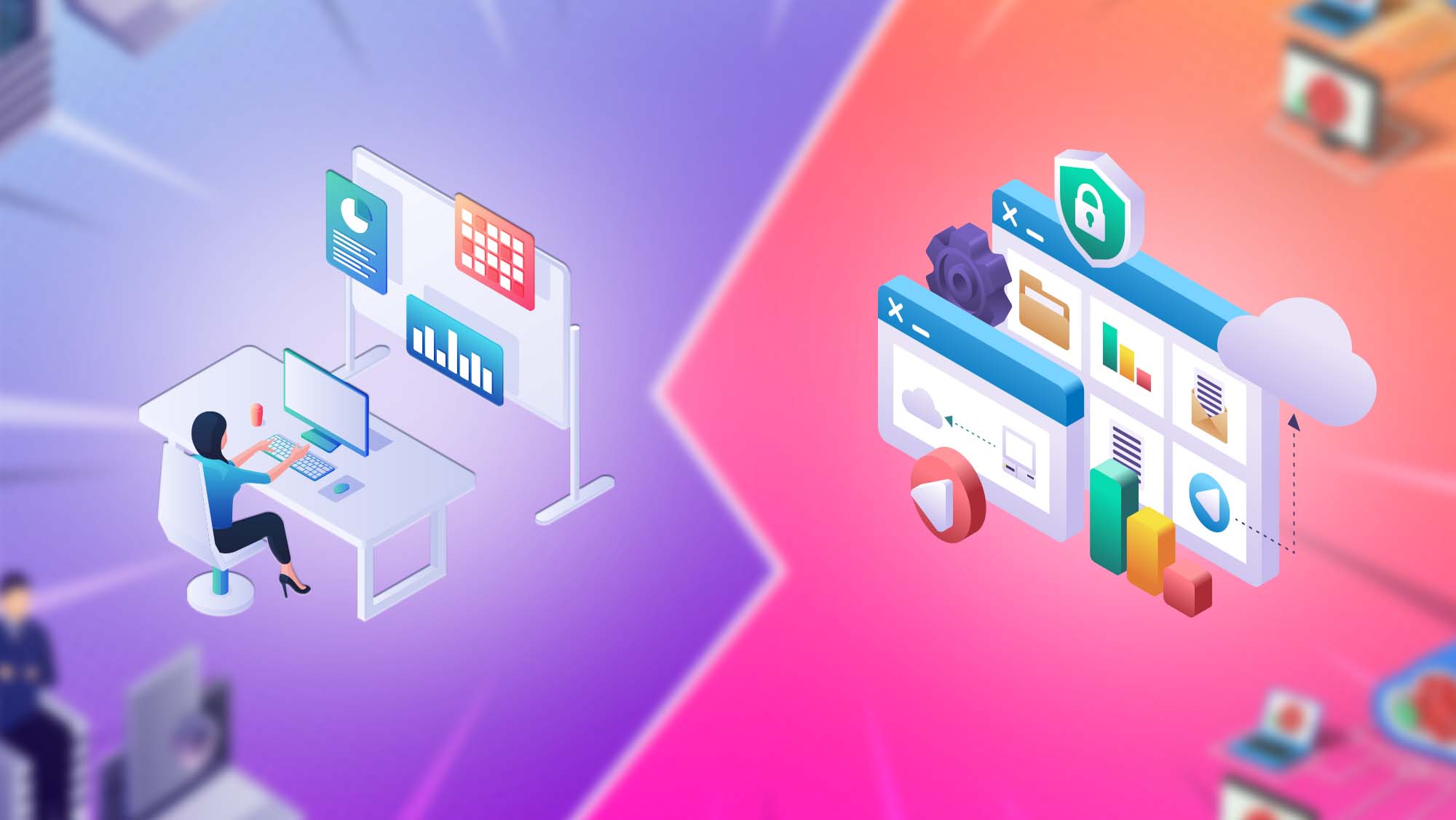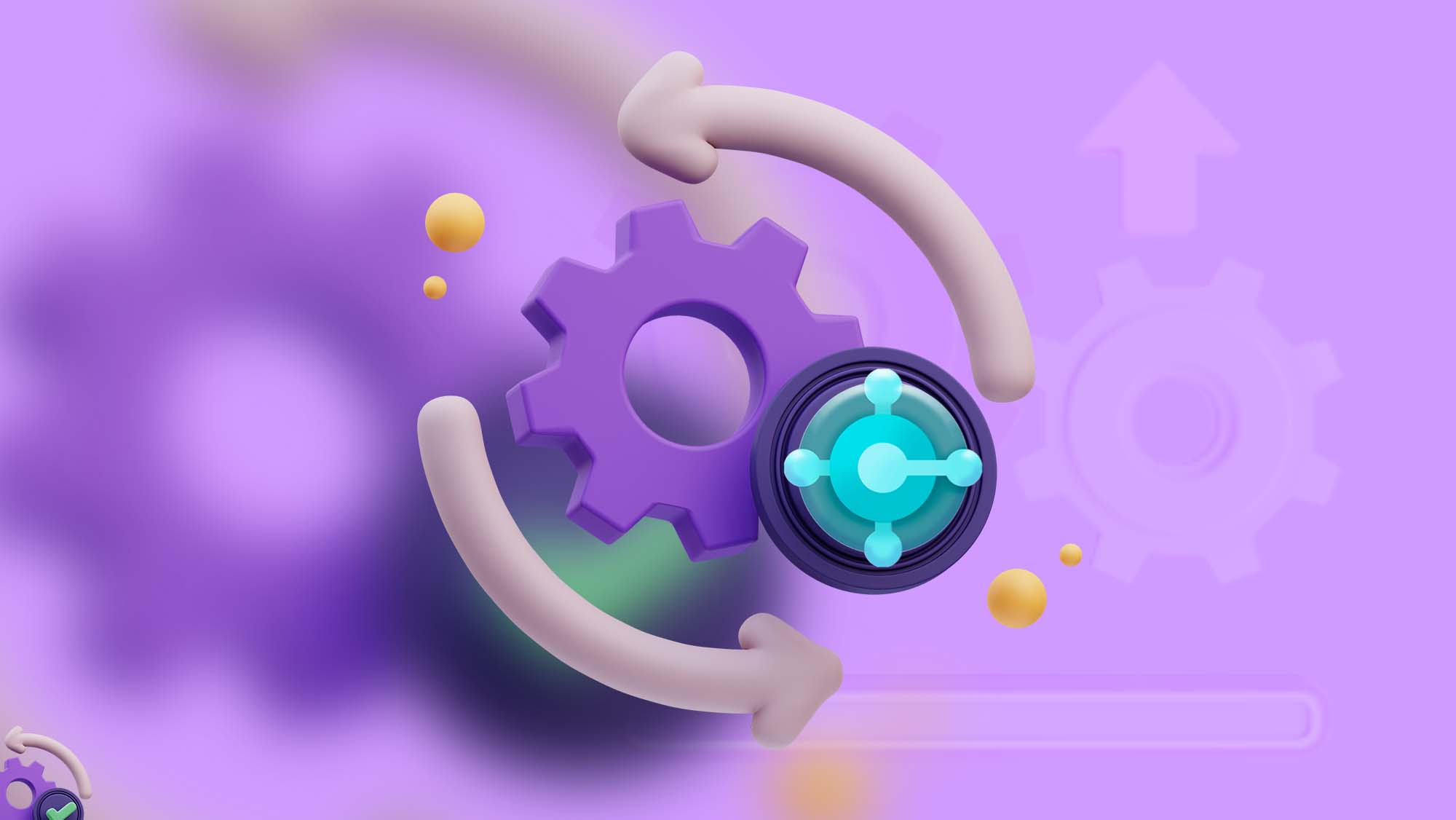Table of Content
The latest version of Microsoft Dynamics 365 Business Central is out and after delving deep into it, we can easily declare it as the best ever NAV. Wondering why we say that? We explain it in the blog with 4 reasons.
4 Reasons that Make Business Central the Best NAV!
Great Functionality with Elegant Simplicity
Microsoft has streamlined the screens and action bars in Dynamics 365 Business Central. Add to it, the teal colour that’s used throughout augments the UX. Along with several new features, Microsoft has optimised quite a few innovative features as well. Also, they have made it easy to integrate the latest extensions from Microsoft partners. Moreover, it works well with Power BI leveraging Artificial Intelligence (AI) to develop different types of Dashboards.
Furthermore, Microsoft has optimized the Web Client, making it quicker, easier to roll out and get into than the Windows Client, which is, by the way, being phased out this year. The web client offers,
- Well-thought-out cross-column searching.
- Keyboard shortcuts.
- Multiple row selection.
- Easy copy and paste.
- Drag and drop.
- Brick and tile views.
- Personalisation via filters.
- Headlines showing important data.
- Vastly improved and easy exporting in and out of Excel.
Customisable as per Company’s Need
In the earlier versions of the NAV all developments, add-ons and modules were written in the C/AL language, becoming an integral part of the core system. It, however, developers used to face a tough time whenever there was a need to upgrade the system, as the whole solution needed to be reviewed, unpicked and potentially redeveloped.
Microsoft covered this shortcoming with Dynamics 365 Business Central, as the extensions are now written in AL and not C/AL. This means the core system now remains untouched and all the extensions are linked externally in little chunks. Furthermore, the interactions that happen between the core system and the extensions are managed by events that send messages back and forth. Therefore, updating or upgrading the core system or any extensions becomes easy and economical, because there’s no fiddling with the core system.
The new Business Central Upgrades also allow users the option to click and drag elements to personalise not only data but also the dashboard view. It also doesn’t limit the companies with Microsoft’s Public Cloud from modifying their system via extensions, just because they are on a shared platform.
Available On-Premise, Dedicated Hosting, IaaS, & MS Public Cloud
The features and capability of Dynamics 365 Business Central differ with how it is hosted. For instance, hosting Dynamics 365 Business Central system on the Public Cloud gives you access to extension apps via AppSource, which isn’t possible through On-Premise or IaaS hosted systems.
The way the system upgrades to differs from the hosting style. It is possible to control upgrades with on-premise and private cloud; however, the updates occur automatically every six months with the Public Cloud.
Dynamics NAV brand will be replaced with Dynamics 365 Business Central
Some of the many changes introduced,
- Concurrent users will now be named users – essentials, premium, and team member.
- The prevalent licence and functionality will determine the type of user licence during upgrades.
- The Subscription User model can be deployed via all hosting methods – Private Cloud, On-Premise Microsoft’s Public Cloud.
Microsoft’s Public Cloud
- Companies using the 2009 database or earlier need to upgrade their licence by 31 March 2019 to remain on the concurrent user model. Post 31 March 2019, 365 Business Central with Named User will be the only option.
- On the other hand, users with 2013 or later versions can upgrade to Dynamics 2018 at any time and remain on concurrent licencing.
For users who plan to upgrade and want to:
- Stay with concurrent licence need to hurry up if they are on 2009 or earlier version.
- Stay on perpetual licencing can stay calm as there’s no rush.
- Move to subscription need to act quickly as there is a limited discount period for business upgrades.
For users with no plans to upgrade:
- Nothing changes for them as they buy licences and pay BREP.
- Keep using the amazing Dynamics NAV system but be alert about the end dates of mainstream and extended support for your version.
For users planning an upgrade:
- Perform the upgrade with the licence as it is.
- Do not remove anything from it such as a user or industry, because Microsoft doesn’t like it and may freeze your licence for 3 years and you can’t upgrade.
- During the upgrade, the old licence is frozen to prevent adding objects or users.
Conclusion
Although nobody will force you off the existing Dynamics NAV system, there’s no harm in upgrading, especially if you are on Dynamics NAV 2013 and beyond. It is a small amount of work and you’ll get amazing benefits of Dynamics 365 Business Central.

Business Central Implementation
Make the most of Dynamics 365 Business Central with the help of Dynamics Square team.
Disclaimer– “All data and information provided on this blog is for informational purposes only. Dynamics Square / MPG Business Information Systems Pvt. Ltd. makes no representations as to accuracy, completeness, currentness, suitability, or validity of any information on this site and will not be liable for any errors, omissions, or delays in this information or any losses, injuries, or damages arising from its display or use.”













